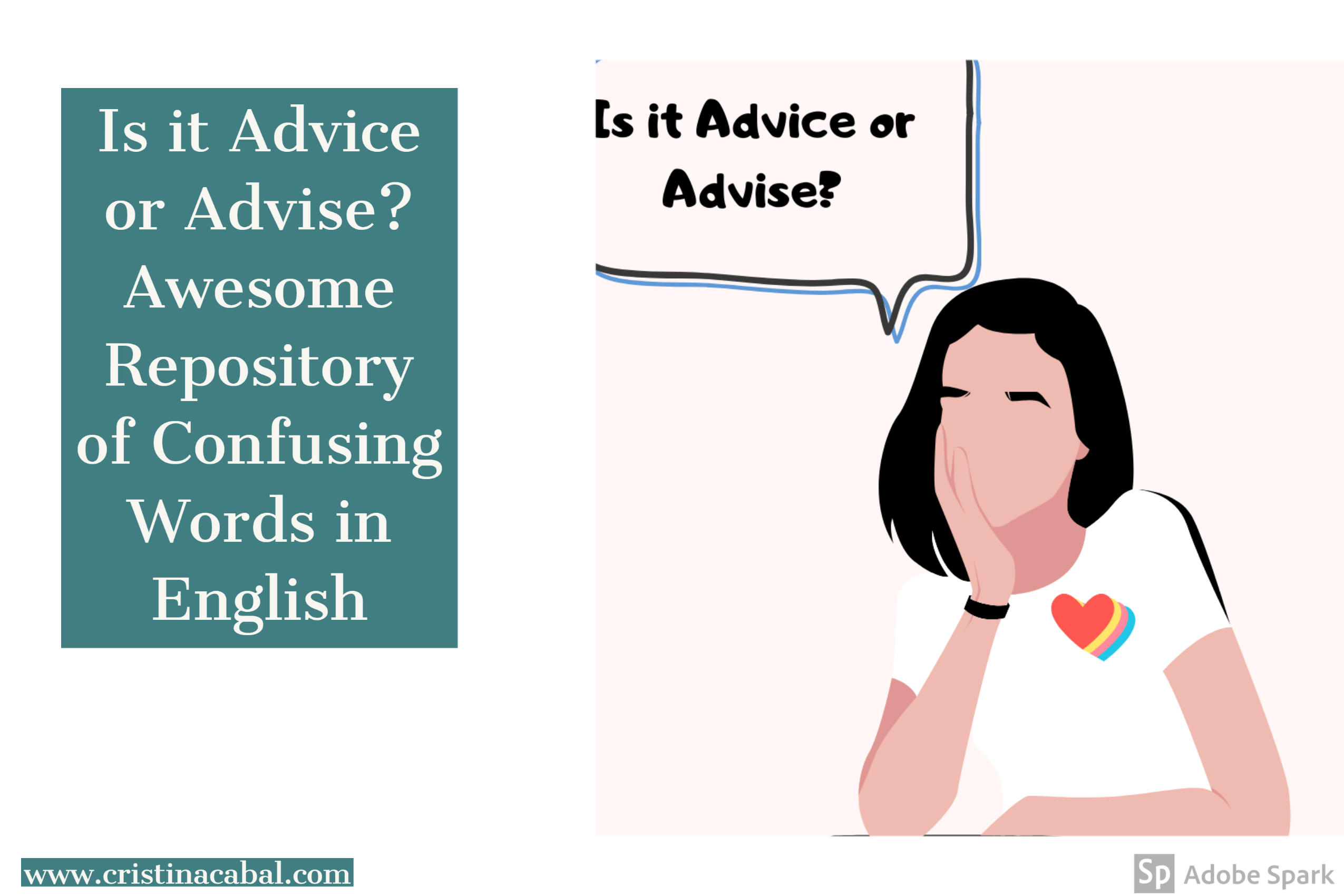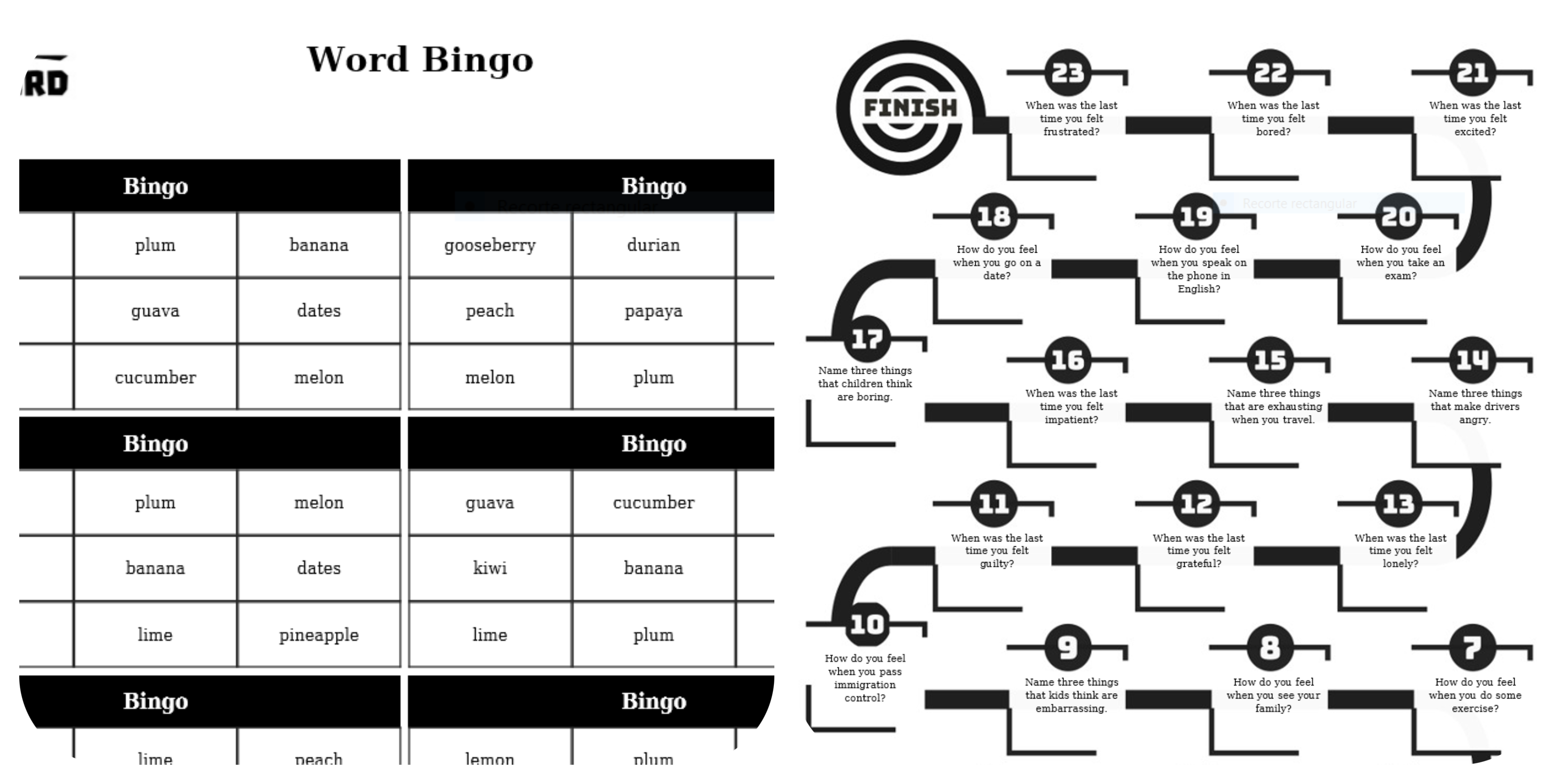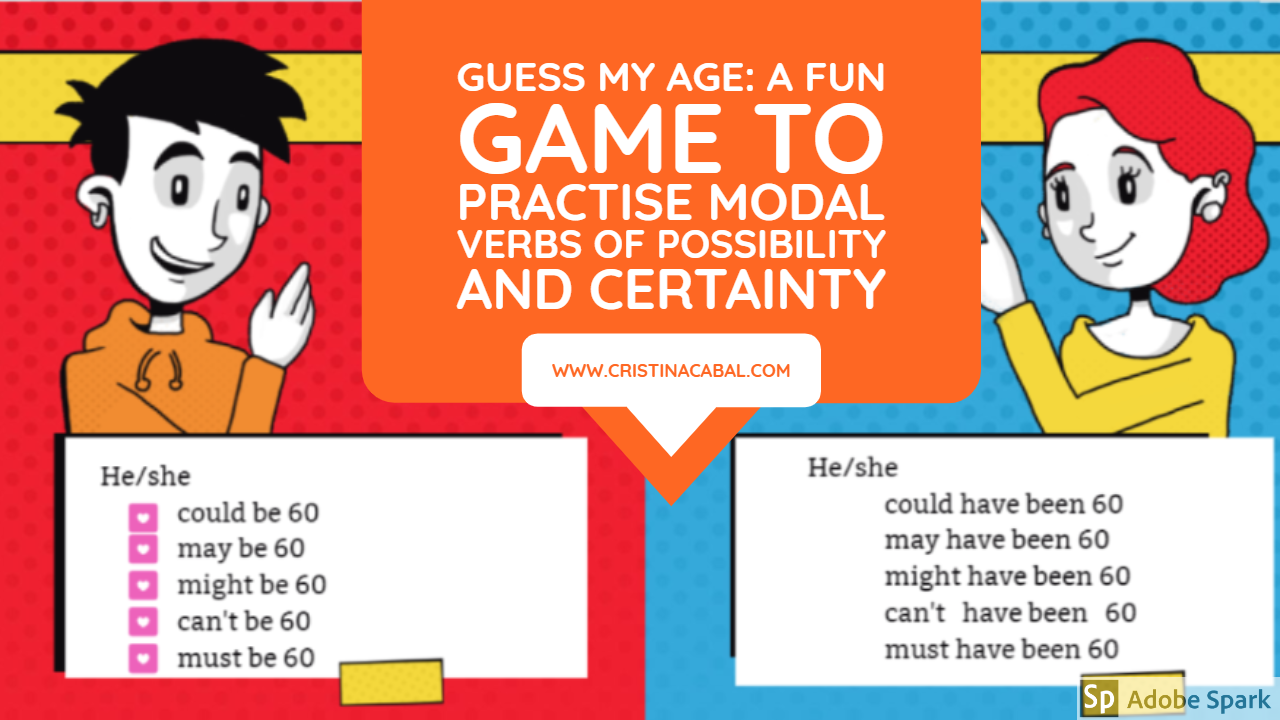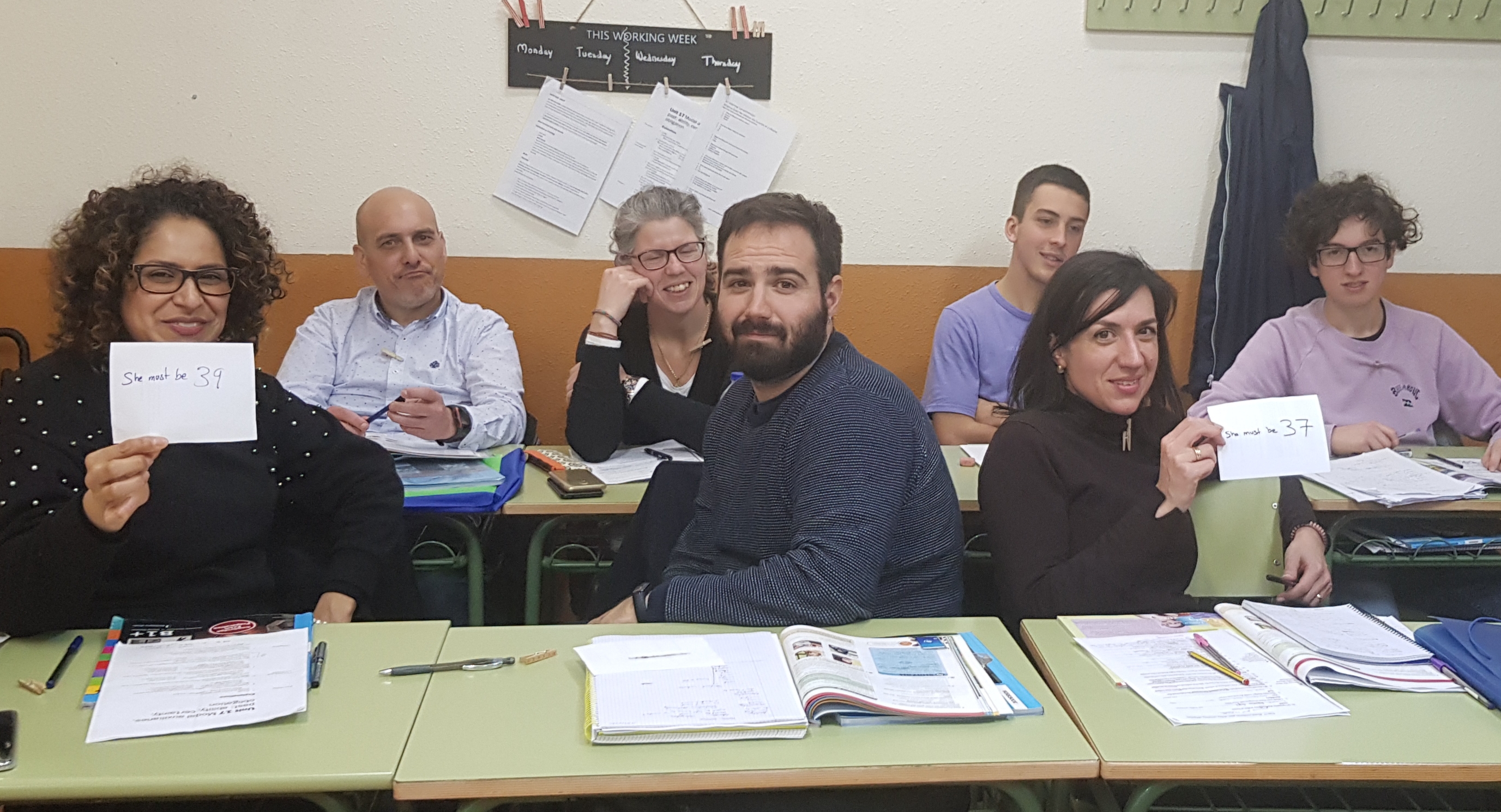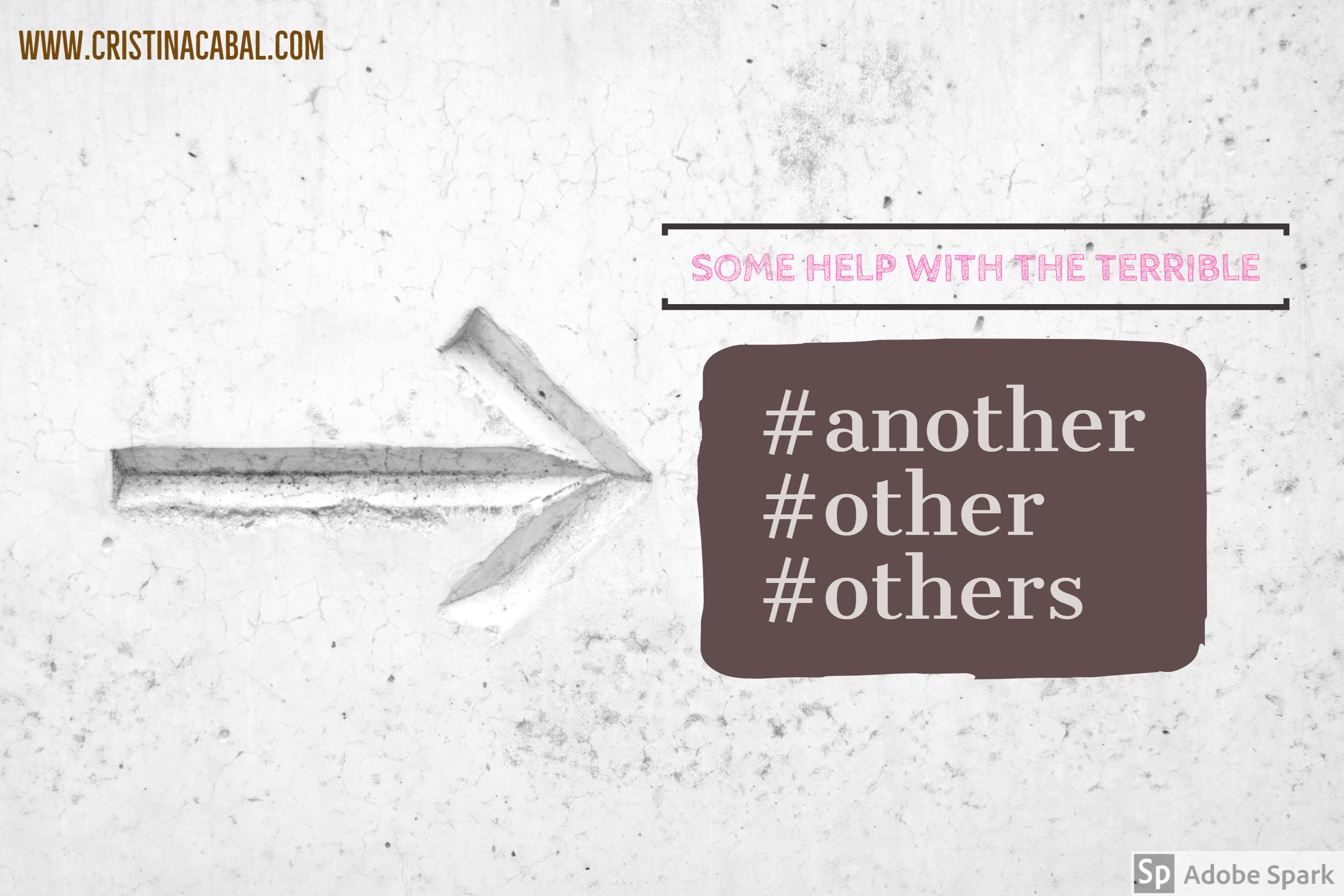I always tell my students English is easy. When they hear me say that, those who have been with me for two or three years just roll their eyes and say: “Teacher, you always say that! For you, everything is easy!” But hey! What’s the point of saying ” Careful here!! This is very difficult!”
I am sure you see my point.
Anyway, the thing is that when learning a foreign language not everything is a breeze. Unfortunately. There are hundreds of words that can be easily confused because they have a similar spelling or a related, but different, meaning.
Today, I want to share with you a website Writing Explained that is really helpful in clarifying differences or similarities in the meaning of hundreds of confusing words. For example, do you know when or how to use Altogether and All together? Some day versus Someday? Elder and older?
Why do I like this site?
- Though the list of confusing words is not exhaustive and new sets of words are added every day, it is just perfect for the average students.
- The words are in alphabetical order so it is very easy to find what you are looking for
- It is explained in clear everyday English
- Differences are always explained in 5 steps and I love the Summary. This is the one I would read if I knew the difference and just wanted to double-check.
- I also like the idioms dictionary on this website. Why? Because it not only explains the meaning of the featured idiom but also gives its origin and uses the idiom in a clear context.
Check it out! You’ll love the site!

Note: Fromm my enthusiasm describing this website, you might think that this is a sponsored post. It is not. 😉
